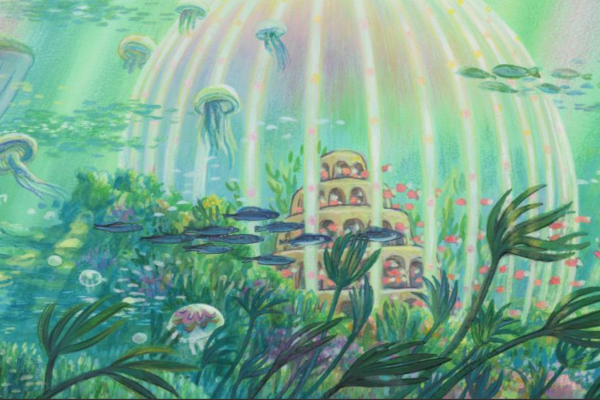What Makes Hayao Miyazaki One of the Best Modern Animators?
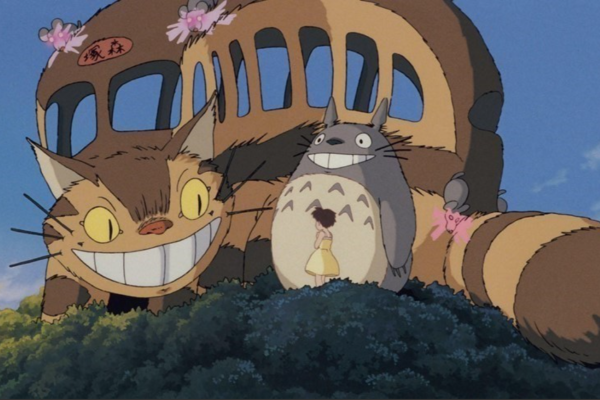
The Boy and the Heron, Hayao Miyazaki’s most recent film released this past December, has just won the Academy Award for best animated feature, making it Miyazaki’s fourth nomination and his second win.
Hayao Miyazaki has been in the animation scene since 1963, and his continual recognition may lead some to wonder what makes him stand apart from other modern animators. There are many components that make Miyazaki’s work unique from other studios, but his ability to bring magic to real-world topics through his art is what truly sets him apart.
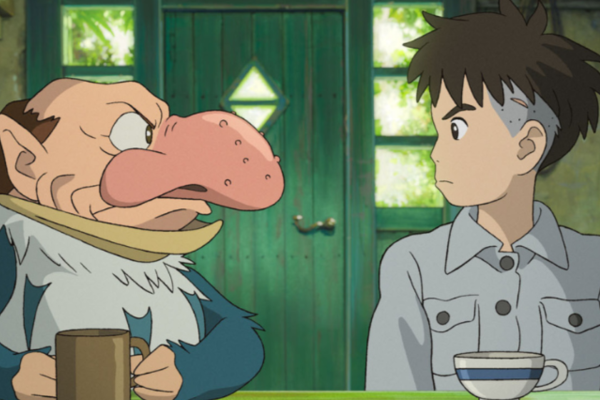
Crossing the line between fantasy and reality within stories
The storylines of Studio Ghibli films often hold fantasy and mystical plotlines, with characters and viewers being sent into magical worlds, like in the film Ponyo, or holding magical characteristics, like the titular character in Kiki’s Delivery Service.
Despite the largely fantastical settings and characters of these films, the heart of Studio Ghibli’s work lies within unwavering humanity. Miyazaki is able to weave in magical plotlines to symbolize genuine human experience. Protagonists are human or possess human-like qualities, making them a stand-in for the viewer as a guide into the whimsical yet sometimes scary world.
Miyazaki’s most recognized work, Spirited Away, illustrates this idea of teetering between fantasy and reality explicitly. The entire film revolves around the main character, Chihiro, a ten-year-old girl who becomes “spirited away” into a magical world as she tries to save her parents who have been transformed into pigs.
Spirited Away is not only a tale of a young girl trying to save her parents from evil mystical entities, but it is also a coming-of-age story. Chihiro begins the movie as unlikable and childish, but through her journey of saving her parents, she experiences selflessness, fear of the unknown, and self-discovery. Miyazaki uses fantasy along with Japanese religion and folklore to illustrate this personal journey into adulthood that Chihiro experiences.
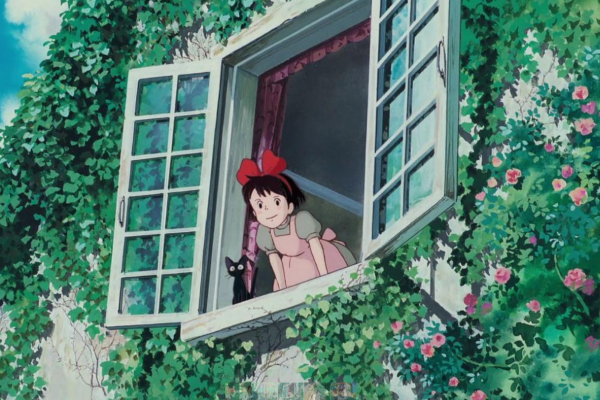
Subtle yet crucial political themes
Along with integrating the human experience into his stories, Miyazaki is not afraid to integrate political undertones into his films. Most commonly, a viewer can find themes of environmentalism and anti-war.
Miyazaki’s 2004 film Howl’s Moving Castle is one work in particular that delves into themes of anti-war. These political themes can easily go unnoticed, especially with surface-level viewing, but once the viewer is cognizant to these themes, they become palpable—and crucial to the plotline of the movie.
But unlike Western animation’s view of “good vs. evil,” Miyazaki understands the complexities of issues like environmentalism and war, and their inability to be so black and white. One of Miyazaki’s most popular films that explores the topics of both environmentalism and war is Princess Mononoke from 1997. The film focuses on the tensions between nature and humanity, illustrated through the two female leads: San and Lady Eboshi.
San intends on protecting her environment from the greed of humanity, whereas Lady Eboshi feels the destruction of the environment is necessary for her goal of human advancement within her tribe. Though from the exterior San is seen as the hero and Lady Eboshi the villain, Miyazaki makes it clear that he does not take a side by demonstrating the powers and flaws of each character to the viewer. Neither character is triumphant or defeated at the end of the film, emphasizing the nuances of these characters and situations.
Miyazaki’s refusal to pick a side asserts the notion that these modern topics of the environment and war have complexities that need to be discussed and gray areas that require analysis.
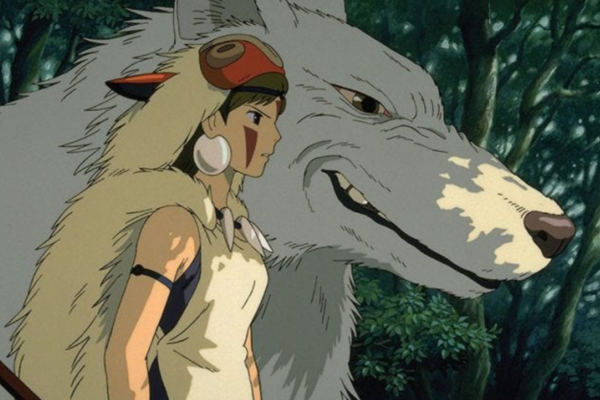
Trailblazing artist in the world of animation
When thinking of Studio Ghibli, we most often think about its unique and immediately recognizable art style. The art of Miyazaki’s work is what differentiates itself from its modern counterparts.
One of the most notable features of a Studio Ghibli movie is that it is nearly entirely hand drawn and painted, with the animation team rarely utilizing technological help. This means that every single frame in a Studio Ghibli movie is hand drawn, using more traditional forms of animation such as celluloid film.
Drawing each frame by hand requires a large deal of dedication and time. According to Cartoon Brew, only seven to ten minutes of animation are made in one month, which is why it takes years for a feature-length animation to be completed. The dedication and love put into Miyazaki’s animation can be felt through the screen, with absolutely no detail going unappreciated.
The animation style is also an aspect that makes Studio Ghibli unique, with its dream-like aura, vibrant colors, focus on nature landscapes, playful gestures, and facial expressions from characters. Even everyday stills have a hue to them that draws out fairy-tale-like qualities.
Miyazaki siphons inspiration from Japanese folklore in his designs, especially in character design. Many characters in My Neighbor Totoro were inspired by folklore characters, including Totoro himself, who is believed to be based on Koropokkuru, a small community of people in Northern Japanese folklore.
The art of Miyazaki has also inspired a handful of different artists from various fields. A few artists who have credited Miyazaki for their work include Takashi Murakami, Pippa Dyrlaga, and highly acclaimed director Wes Anderson. Even six decades into his illustrious career, Miyazaki continues to create, inspire, and be at the forefront of animation magic.
